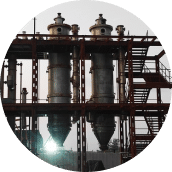
ంభం. మా వినియోగదారుల నమ్మకానికి ఎప్పుడూ ద్రోహం చేయకూడదనే మా నిబద్ధతను మేము నిలకడగా సమర్థించాము, మా వ్యవహారాలన్నింటిలోనూ పారదర్శకత మరియు నిజాయితీని నిర్ధారిస్తాము. అదనంగా, నాణ్యతకు ఎల్లప్పుడూ పరిమాణంపై ప్రాధాన్యత ఇవ్వబడుతుంది, అసాధారణమైన ప్రమాణాలు మరియు కస్టమర్ సంతృప్తికి హామీ ఇవ్వడానికి ఉత్పత్తి ప్రక్రియ యొక్క ప్రతి దశలో కఠినమైన నాణ్యత నియంత్రణ చర్యలు అమలు చేయబడతాయి.
మా బృందం
ఇది మార్కెట్లో నిలబడటానికి మరియు విస్తృత కస్టమర్ల స్థావరాన్ని సేకరించడానికి వీలు కల్పించిన మా జట్టు సభ్యుల వెనుక భాగం. అర్హత, అనుభవం, నైపుణ్యాలు మరియు జ్ఞానం ఆధారంగా, మేము మా జట్టు సభ్యులకు ఒక జట్టు మరియు నిర్దిష్ట హోదాను కేటాయించాము. మేము పరిపూర్ణతతో ప్రతి పనికి మమ్మల్ని ఎనేబుల్ మరియు కస్టమర్ల అంచనాలను మించిపోయే మా జట్టు సభ్యుల గురించి గర్వపడుతున్నాము. మేము మా ఉద్యోగులకు అవసరమైన శిక్షణా కార్యక్రమాలను కూడా అందిస్తాము, తద్వారా వారి నైపుణ్యాలను మెరుగుపరచవచ్చు మరియు వారు సంబంధిత డొమైన్లో ముందుకు ఉండగలరు.
మాకు ఎందుకు?
- మేము ఉత్తమ ముడి పదార్థం మరియు తాజా ఉత్పత్తి సాంకేతిక ఉపయోగించి వాటిని తయారీదారు మా ఉత్పత్తుల ప్రీమియం నాణ్యత హామీ.
- కొనుగోలుదారు యొక్క అంచనాలను మరియు వ్యాపార మా స్వభావాన్ని దృష్టిలో ఉంచుకుని రూపొందించబడిన సరసమైన విధానాలను మేము అభ్యసిస్తాము.
- మేము ఫిల్మ్ డ్రైయర్, మురుగునీటి ఆవిరైటర్లు, మెంబ్రేన్ బయోరియాక్టర్, లిక్విడ్ డిశ్చార్జ్ సిస్టమ్, లిక్విడ్ డిశ్చార్జ్ సిస్టమ్ మొదలైన వాటితో సహా మా ఉత్పత్తులకు సరసమైన ధరను వసూలు చేస్తాము, తద్వారా వినియోగదారులు ఆర్థికంగా దోపిడీకి గురవుతున్నారని
కేటగిరీలు
- బాష్పీభవన మొక్కలు
- మల్టిపుల్ ఎఫెక్ట్ ఆవిరిపోరేటర్లు
- మురుగునీటి ఆవిరిపోరేటర్లు
- కదిలిన సన్నని ఫిల్మ్ డ్రైయర్
- సున్నా ద్రవ ఉత్సర్గ వ్యవస్థ
- ఫోర్స్డ్ సర్క్యులేషన్ ఆవిరిపోరేటర్
- మెంబ్రేన్ బయోఇయాక్టర్
- పారిశ్రామిక ఆవిరిపోరేటర్లు
- Wastewater Treatment Plants
- Wastewater Treatment Plants
- Wastewater Treatment Plants
- Industrial Evaporators
- Industrial Evaporators
- Industrial Evaporators
- Wastewater Treatment Plants
- Industrial Dryers
- Industrial Dryers
- Industrial Evaporators
- Industrial Evaporators
- Industrial Evaporators
About Us
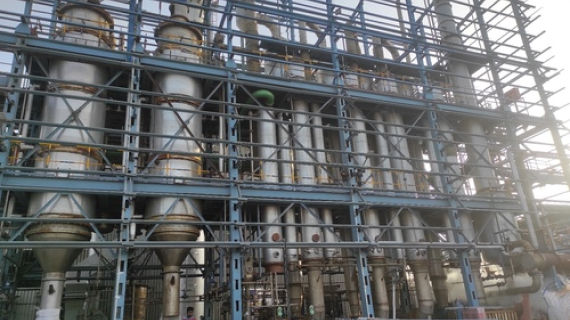
Vacuum evaporation
వస్తువు యొక్క వివరాలు:
- ఉత్పత్తి రకం Vacuum Evaporation
- వాడుక Industrial
- వారంటీ yes
- మరింత వీక్షించడానికి క్లిక్ చేయండి
ధర మరియు పరిమాణం
- 1
ఉత్పత్తి లక్షణాలు
- Vacuum Evaporation
- Industrial
- yes
వాణిజ్య సమాచారం
- నెలకు
- డేస్
ఉత్పత్తి వివరణ
Vacuum evaporation is one of the most commonly used methods for deposition of functional films on to various substrates. The vacuum is used to allow vapor particles to deposit directly on to the substrate, where vapor particles condense back to a solid state, forming a functional coating. The vacuum evaporation process involves two basic stages: the evaporation of a functional material and the condensation on the substrate. In high-vacuum evaporation, electrical heating or electron beam heating is used to melt, gasify and evaporate the coating materials. The vapor of the coating material then travels to the surface of the substrate and gradually cools, a thin film layer of good quality is finally formed (Jankowski and Hayes, 2004). Vacuum is used to prevent the collision of the evaporated particles with the background gas or other unwanted particles. Evaporated functional materials deposit on to the surface of the substrate.
These work on the basis of the "thermo-siphon" principle. As the feed enters the bottom of the heating tubes, steam begins to form. Because of the ascending force of the steam produced during boiling, liquid and vapors flow upwards in parallel flow.

Price: Â
- 50
- 100
- 200
- 250
- 500
- 1000+
Vacuum Evaporator లో ఇతర ఉత్పత్తులు



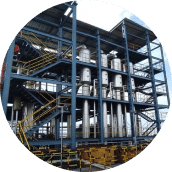
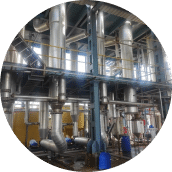
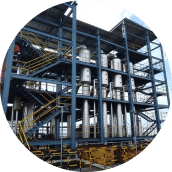



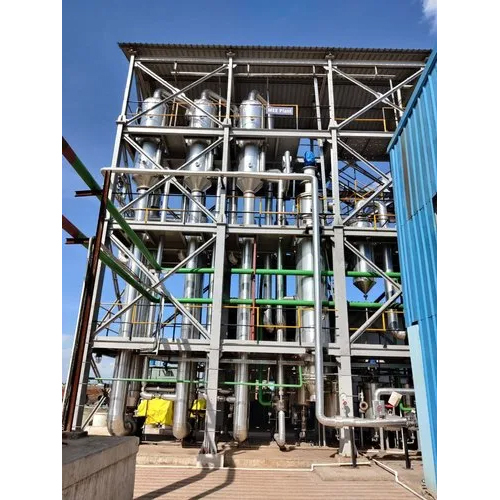
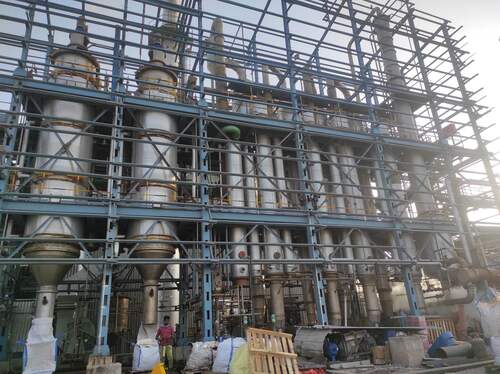
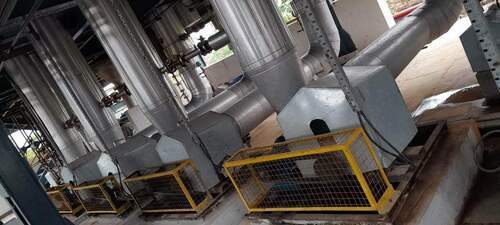

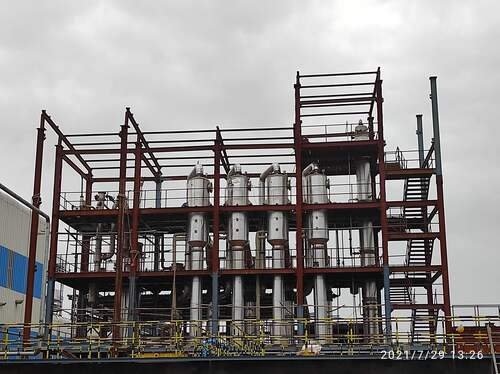
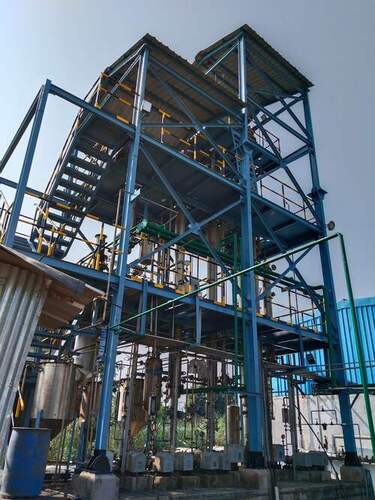
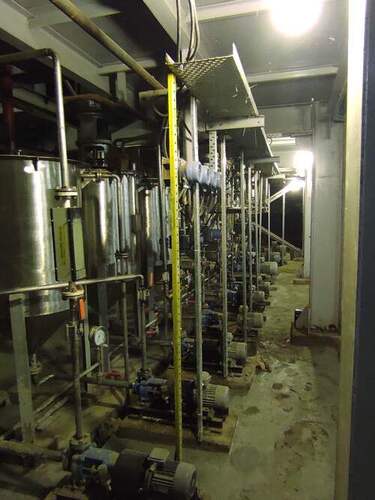
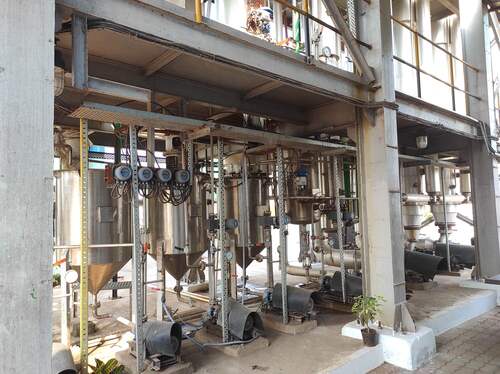

 English
English Spanish
Spanish French
French German
German Italian
Italian Chinese (Simplified)
Chinese (Simplified) Japanese
Japanese Korean
Korean Arabic
Arabic Portuguese
Portuguese